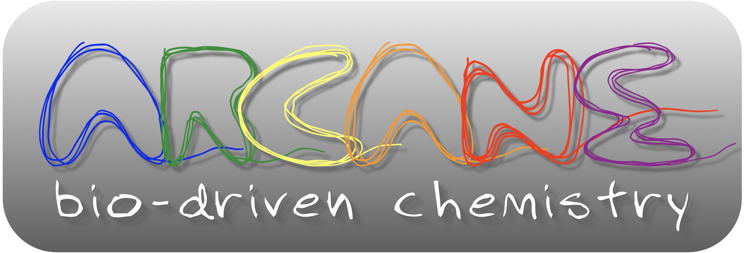European projects

PARC (2022 – 2029)
Funder: Horizon Europe
Role: Partner
Partnership for the Assessment of Risks from Chemicals Abstract: PARC aims to develop next-generation chemical risk assessment to protect human health and the environment. It supports the European Union's Chemicals Strategy for Sustainability and the European Green Deal's “Zero pollution” ambition with new data, knowledge, methods and tools, expertise and networks.
Projects funded by ANR
 eSPRi
eSPRi (10/2022 - 03/2026)
Funder: Agence Nationale de la Recherche (ANR)
Role: Principal investigator
A portable SPRi device with high spatial resolution for detection of pathogens
Abstract: The objective of this project is to develop an innovative portable system, which allows direct, multiplex, label-free and real-time detection of pathogens by breath or saliva analysis. The system we propose relies on biosensors based on Surface Plasmon Resonance Imaging (SPRi) whose spatial resolution has been increased to an unprecedented level in order to detect individual biological objects while remaining at a very low cost.

Siena (10/2021 - 09/2025)
Funder: Agence Nationale de la Recherche (ANR)
Role: Partner
Sensitive peptide- and apta-assays for on-site detection of bacterial cells and spores in milk and meat samples Abstract: Food poisoning is the first cause of hospitalization over the world. We propose here an innovative and ambitious project to provide a low-cost assay based on the recognition properties of small peptides and aptamers, and an electrochemical sensor connected to a portable instrument for on-site food analysis.

Sentinel (10/2019 – 09/2025)
Funder: Agence Nationale de la Recherche (ANR)
Role: Partner
High-throughput screening tools for a reinforced chemical safety surveillance of food Abstract: SENTINEL's primary objective is to develop a panel of three complementary high-throughput, sensitive, cost-effective screening tools for strengthening the detection of non-conformities, but also for monitoring contaminants such as PCBs at relevant sub-ML levels. With the final aim to better control consumer dietary exposure to these contaminants, the implementation of these novel tools should thus boost the screening of positive samples by food safety authorities (top-down approach) and permit sample self-monitoring by the agri-food industry (bottom-up approach).

OBP-Optinose (03/2019 - 05/2023)
Funder: Agence Nationale de la Recherche (ANR)
Role: Principal investigator
Odorant Binding Proteins-Based Biomimetic Optical Nose Abstract: Today, there is a growing demand for sensitive and selective detection of volatile organic compounds (VOCs) in various domains such as environment monitoring, public safety, quality control, non-invasive medical diagnostics. Traditional methods, though accurate and reliable, require expensive equipment and are often time-consuming and laborious. In this context, electronic noses (eNs) have emerged as promising tools for analysis of VOCs. However, so far, the performance of existing eNs is still far behind that of human nose, which relates primarily to the sensing elements. Hence, we propose to develop a new biomimetic optoelectronic nose with the aim to improve greatly eN performances (sensitivity, selectivity and specificity).
Local projects

Perfect eNose (11/2023 – 10/2026)
Funder: Labex Arcane R
ole: Principal investigator
Past 10-years projects